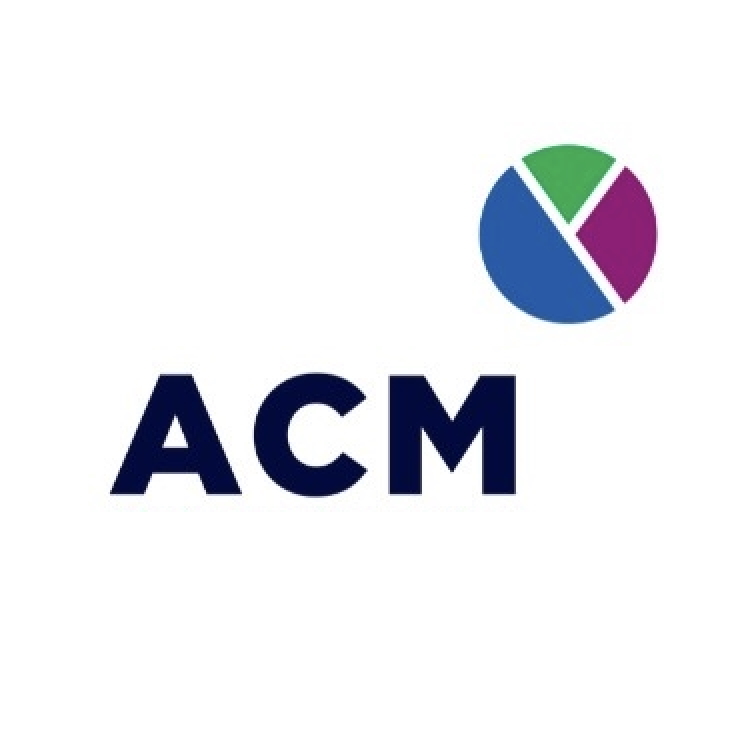
The Strategic Lever to Boost Your Growth
Do you feel overwhelmed by challenges that are slowing down your growth? Strategic levers—those growth opportunities and key resources—are the key to multiplying your results. Discover how to activate the right human, technological, or relational levers to gain a lasting competitive advantage, increase your revenues, and transform your teams into engines of success. By applying proven methods, you’ll learn how to convert underused strengths into performance accelerators. Imagine a partner or an internal innovation becoming a lever for exponential growth—that’s the power of a well-chosen strategic lever.
1- What is a strategic lever, and why is it vital for your business?
2. The four fundamental strategic levers to multiply your performance
3. How to identify and activate your own strategic levers
4. Putting levers into action: Practical examples and the Canadian context
What is a strategic lever, and why is it vital for your business?
Defining the strategic lever: More than just an asset
Imagine a lever capable of moving a mountain with a simple pivot point. In business, a strategic lever works on the same principle: a resource, relationship, or key opportunity, activated at the right moment, to amplify your results. It’s not just a simple resource—it’s a catalyst for growth.
In physics, a lever transforms small effort into a massive impact. Similarly, a strategic lever can be human (your teams), operational (your processes), relational (your clients), or structural (your business model). According to the concept of growth levers, activating them accelerates the realization of your vision.
The tangible benefits: Increasing productivity, revenue, and competitiveness
A strategic lever is a resource, a relationship, or an opportunity that enables a company to move faster toward its vision by creating a sustainable competitive advantage.
Activating these levers revolutionizes business management. Here are the direct impacts:
- Productivity: Optimized processes and motivated teams act as a driving force.
- Revenue: Customer loyalty and innovation open unexplored markets.
- Competitiveness: A technological or human lever sets your business apart in a saturated market.
By identifying these levers, you turn risks into opportunities. For example, a reliable supplier (operational lever) reduces costs by 20%, while an engaged team (human lever) boosts creativity and innovation. Without these levers, you risk stagnating and letting competitors take the lead.
The leader plays a central role: he must create an environment where each lever can be activated. A company culture built on trust and recognition unleashes the potential of teams. According to experts, this specific type of management transforms ordinary resources into lasting advantages.

The 4 Fundamental Strategic Levers to Multiply Your Performance
Mapping the levers: Human, Information, Finance, and Technology
A systemic analysis reveals that these four levers are built around a complementary logic. The human lever mobilizes skills, information enables informed decision-making, finance optimizes profitability, and technology accelerates innovation. Their interdependence creates a dynamic ecosystem where each lever strengthens the others.
The Human Lever: The Engine of Your Strategy
Human capital remains the most powerful lever. According to Deloitte, 94% of executives believe company culture is a decisive factor in success. A climate of trust, continuous training, and recognition of initiatives increases productivity by 20% (Harvard Business Review). In Canada, Shopify has enhanced talent retention by offering autonomy and flexibility.
The leader himself is a strategic lever. His role in active listening and proactive HR management (targeted recruitment, career development) creates an environment conducive to innovation. Companies with a strong culture generate 4 times more profits (McKinsey & Company). One SME saw its revenue rise by 35% after weekly meetings dedicated to recognizing team ideas.
Comparative Table of Strategic Levers
| Type of Lever | Description | How to Activate It? | Impact on the Business |
|---|---|---|---|
| Human | Skills, motivation, and team culture | Create a climate of trust, invest in training, value initiatives | Increased innovation, productivity, and talent retention |
| Information | Access to knowledge and strategic data processing | Implement efficient information systems, leverage AI for predictive analytics | Business model transformation and improved decision-making |
| Finance | Optimization of financial flows and cost structures | Balance profitability, investments, and funding | Increased shareholder value and profit margins |
| Technology | Innovation and process automation | Adoption of digital solutions, integration of AI | Enhanced competitiveness and reduced operational costs |
Source: Different types of levers
Integrating these levers requires a holistic vision. In Montreal, Lightspeed combined technology, human capital, and information for 60% growth in two years. This synergy maximizes overall impact, because “1 + 1 = 3,” as highlighted in the analysis of cost and revenue synergies.
How to Identify and Activate Your Own Strategic Levers
The 3-step method to uncover your hidden levers
A well-activated strategic lever can double a company’s growth. Discover this 3-step method:
1- Analyze the existing situation: Examine your internal processes to identify what generates value. A Quebec SME turned a local supplier—with delivery times 40% faster—into its main operational lever. By studying its supply chain, it reduced costs by 15% through delivery optimization.
2- Evaluate potential: Measure the impact in terms of revenue or differentiation. According to PurposeFirst Advisors, human levers generate 3x more sustainable growth thanks to team engagement and creativity. A Montreal tech company saw its patent filings increase by 60% after implementing weekly collaborative workshops, transforming employees into engines of innovation.
3- Plan the action: Define clear KPIs. A Montreal startup doubled customer retention in 6 months thanks to a real-time dashboard and monthly performance reviews. This plan included quarterly milestones and designated owners to ensure effective execution.
The Crucial Role of the Leader: From Identification to Activation
The leader is the catalyst who transforms opportunities into concrete levers. His involvement determines 70% of the success of their deployment.
“Leadership is not about having all the answers, but about creating an environment where the right ideas can emerge.”
Act accordingly:
- Active listening: 78% of strategic levers emerge from informal exchanges with teams (Systm.co study). Organize weekly “open-door” meetings to capture ground-level ideas and feedback.
- Strategic delegation: Entrust a lever to the right expert. A manufacturing executive achieved a 25% efficiency gain by delegating technological innovation to a young engineer, while maintaining quarterly checkpoints.
- Inspiring communication: Link each lever to the company’s vision. Organizations that do so see their innovation double. Use strategic maps to illustrate the connection between daily objectives and the 5-year vision.
To maximize impact, create an environment of experimentation. According to Growth Method, leaders who test 10% of their budget on new levers see revenues grow three times faster than their competitors, while minimizing risks through A/B testing on human levers.

Activating the Levers: Concrete Examples and the Canadian Context
Strategic levers applied by the business function
To illustrate the practical application of strategic levers, here are cases by sector:
- Marketing: A Montreal restaurant owner reduces customer acquisition costs by 30% by launching a referral program that rewards loyal clients.
- Human Resources: A Vancouver tech company doubles its talent retention rate by developing an in-house training program on artificial intelligence, partially funded by the Canada Job Grant.
- Operations / Supply Chain: A Quebec manufacturer secures its supply of critical components by establishing a strategic partnership with a supplier, including process co-innovation.
- R&D / Innovation: A Canadian startup cuts development time in half thanks to adopting an automation tool supported by the 2SLGBTQI+ Entrepreneurship Program.
Specificities for businesses in Canada
Labor shortages affect 63% of Canadian SMEs, making the human lever critical. According to Employment and Social Development Canada, training programs funded at 50–100% through the Canada Job Grant result in annual cost savings of $194 million.
Government programs themselves act as external levers:
- Digital Access: The Canada Digital Adoption Program ($1.4B) enables businesses to strengthen their e-commerce capabilities.
- Technological Innovation: Mitacs offers grants of up to $15,000 to connect university graduates with research and development (R&D) projects.
- Green Transition: Eligible companies under the Strategic Innovation Fund receive financing for clean technologies.
The adoption of these levers is urgent, as 109 key professions are expected to face significant shortages by 2033, particularly in the healthcare and technology sectors.

In Brief: Your Next Strategic Step
Strategic levers transform existing resources into a competitive advantage. The human lever stands out as the top priority in Canada, where 45% of SMEs struggle to recruit. The role of leadership is critical in identifying these opportunities and mobilizing teams.
To turn this knowledge into action and define your own levers, explore our strategic planning advisory service, tailored to the specific challenges of Canadian businesses.
Strategic levers (human, technological, financial, informational) accelerate growth and competitive advantage. When activated by a committed leader, they optimize resources, anticipate risks, and drive innovation. In a Canadian context marked by talent shortages, these levers turn opportunities into lasting success.




